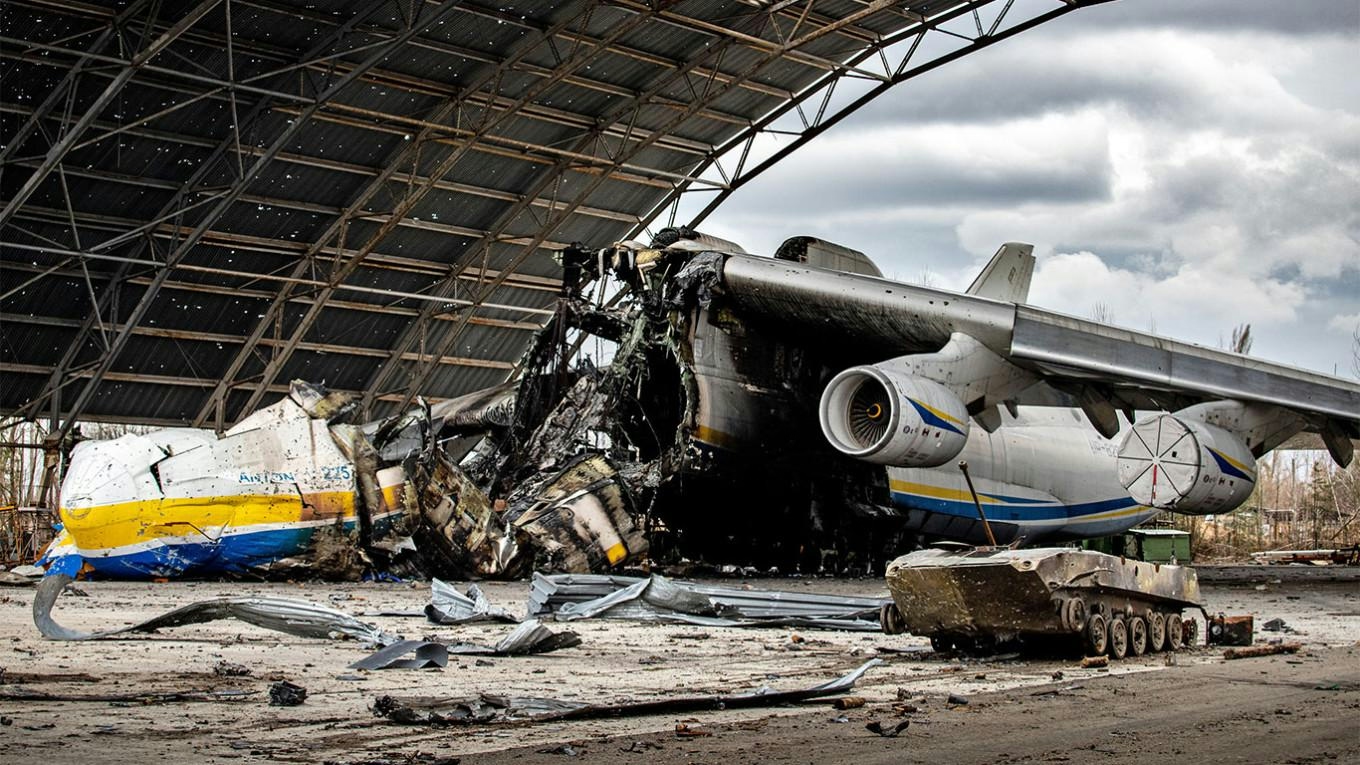
AeroGenie — ваш интеллектуальный второй пилот.
В тренде
Categories
Advancements in Sustainable Aviation Fuels Drive Growth in U.S. Far West Aviation Market
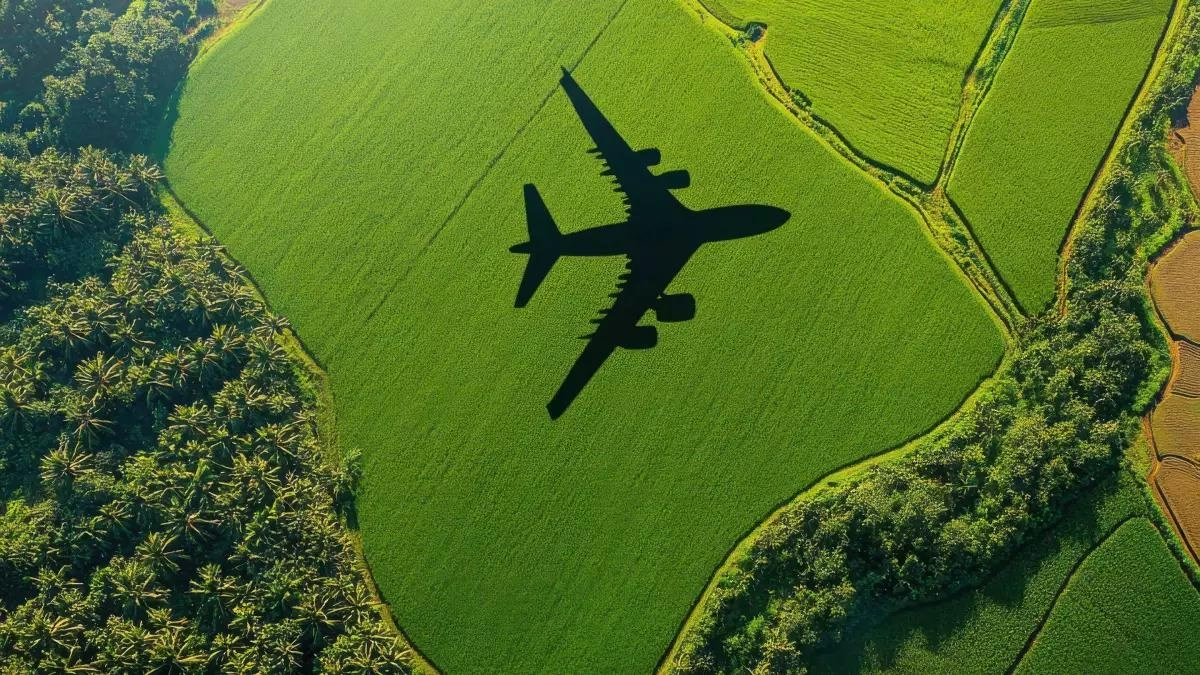
Advancements in Sustainable Aviation Fuels Drive Growth in U.S. Far West Aviation Market
The United States aviation market is on the cusp of substantial growth, with its value estimated at approximately USD 78.2 billion in 2024 and forecasted to reach nearly USD 122.61 billion by 2034. This expansion, reflecting a compound annual growth rate (CAGR) of 4.6% between 2025 and 2034, is driven by increasing leisure and business travel, the integration of advanced technologies, and a strategic emphasis on sustainable aviation fuels (SAF), particularly within the Far West region.
Sustainable Aviation Fuels Propel Regional Expansion
The Far West is anticipated to outpace other U.S. regions, exhibiting a projected CAGR of 5.3% from 2024 to 2032, largely due to significant progress in the development and deployment of sustainable aviation fuels. Industry leaders such as Honeywell are advancing SAF applications and expanding licensing agreements, utilizing proprietary technologies to enhance sustainable fuel production capacity. Despite these advancements, the sector confronts considerable challenges. Elevated SAF prices in Europe have prompted the International Air Transport Association (IATA) to advocate for policy reforms, underscoring the global difficulty in scaling SAF adoption in an economically viable manner.
Global SAF production is expected to double to 2 million tonnes by 2025, according to IATA, yet this volume accounts for only 0.7% of the total aviation fuel demand. This disparity highlights the urgent need for increased investment and supportive regulatory frameworks. In the United States, the Energy Information Administration has recently revised downward its 2025 production forecasts for SAF and renewable diesel, signaling potential supply constraints that may impede market momentum.
Technological Innovation and Policy Influence Market Dynamics
Across the nation, aviation companies are increasingly leveraging artificial intelligence (AI) to optimize flight scheduling, enhance weather prediction accuracy, and improve operational efficiency. These technological innovations contribute to cost reductions and elevated customer satisfaction. In response to persistent labor shortages, airlines are redesigning employee incentive programs and enhancing digital engagement strategies to attract and retain skilled personnel.
Government investment continues to play a pivotal role, facilitating the integration of advanced technologies aimed at improving passenger safety and overall experience. Concurrently, airlines are reevaluating loyalty programs and customer engagement approaches to strengthen retention amid shifting passenger expectations.
Commercial Aviation and Regional Market Trends
Commercial aviation remains the dominant segment within the U.S. market, propelled by robust demand for freight and cargo transportation. Between 2024 and 2032, this sector is projected to grow at a CAGR of 5.2%, supported by an expanding logistics infrastructure. Military aviation and general aviation follow closely, with expected CAGRs of 4.8% and 4.4%, respectively, reflecting steady demand amid geopolitical uncertainties and increased cross-border activity.
Regionally, the Rocky Mountain area is forecasted to grow at a 5% CAGR, benefiting from AI-driven operational improvements. The Southwest and Southeast regions are also experiencing solid growth, fueled by fleet expansions and rising travel demand. Meanwhile, New England and the Mideast regions are steadily adopting smart technologies, with CAGRs of 4.3% and 4%, respectively.
Outlook
While advancements in sustainable aviation fuels are serving as a catalyst for growth—particularly in the Far West—persistent supply constraints and elevated costs present significant challenges. Sustained investment in technology, the establishment of supportive policy frameworks, and enhanced industry collaboration will be essential to maintaining the upward trajectory of the U.S. aviation market over the coming decade.

The Continued Importance of Charter Flight Cost and Time Estimators for Business Aviation
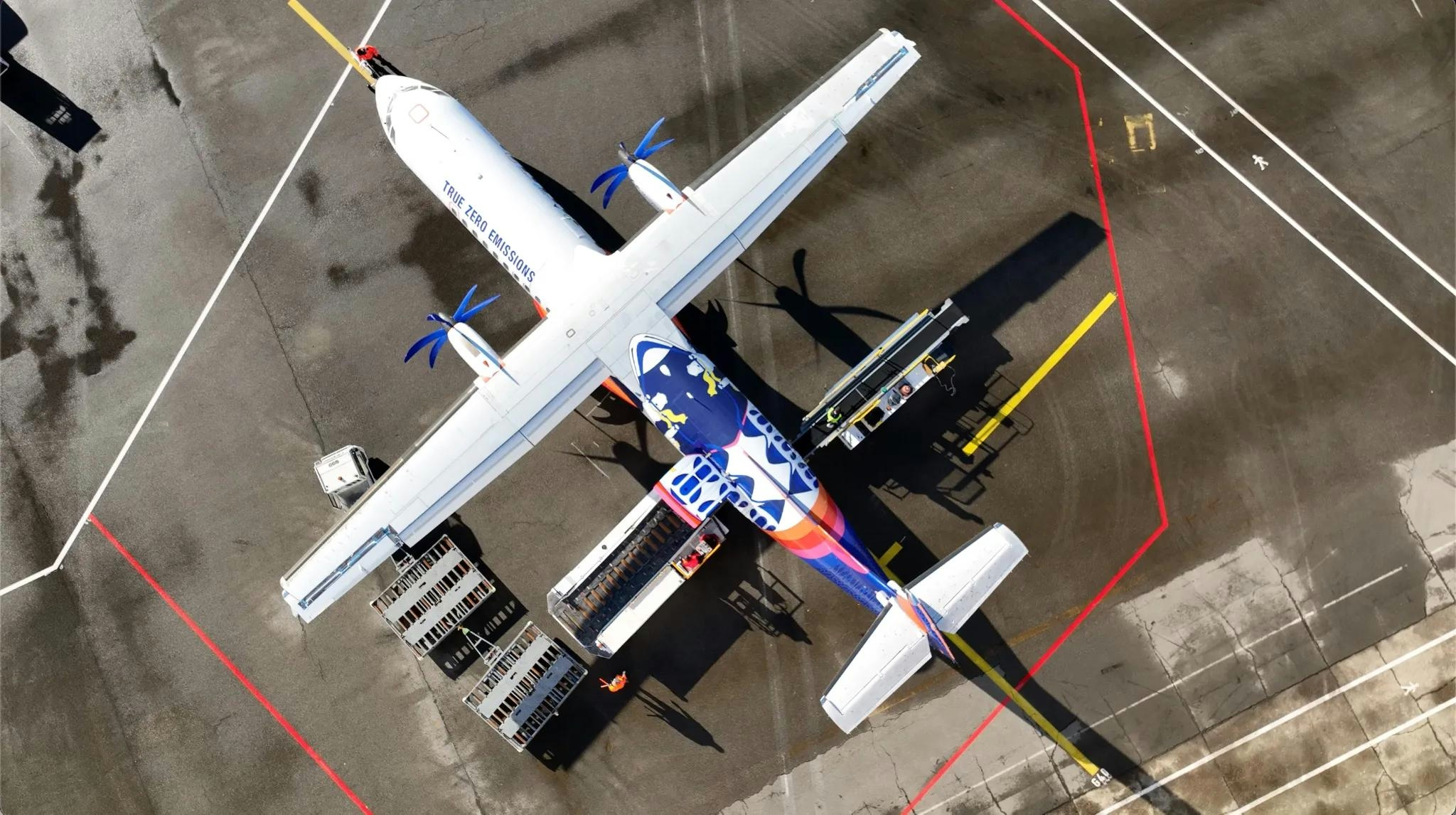
Pivot Airlines to Acquire First DHC-8-Q300 Aircraft

Global Aviation Market Projected to Reach $524 Billion by 2030

Boeing Subsidiary Unveils Pilotless Air Taxi
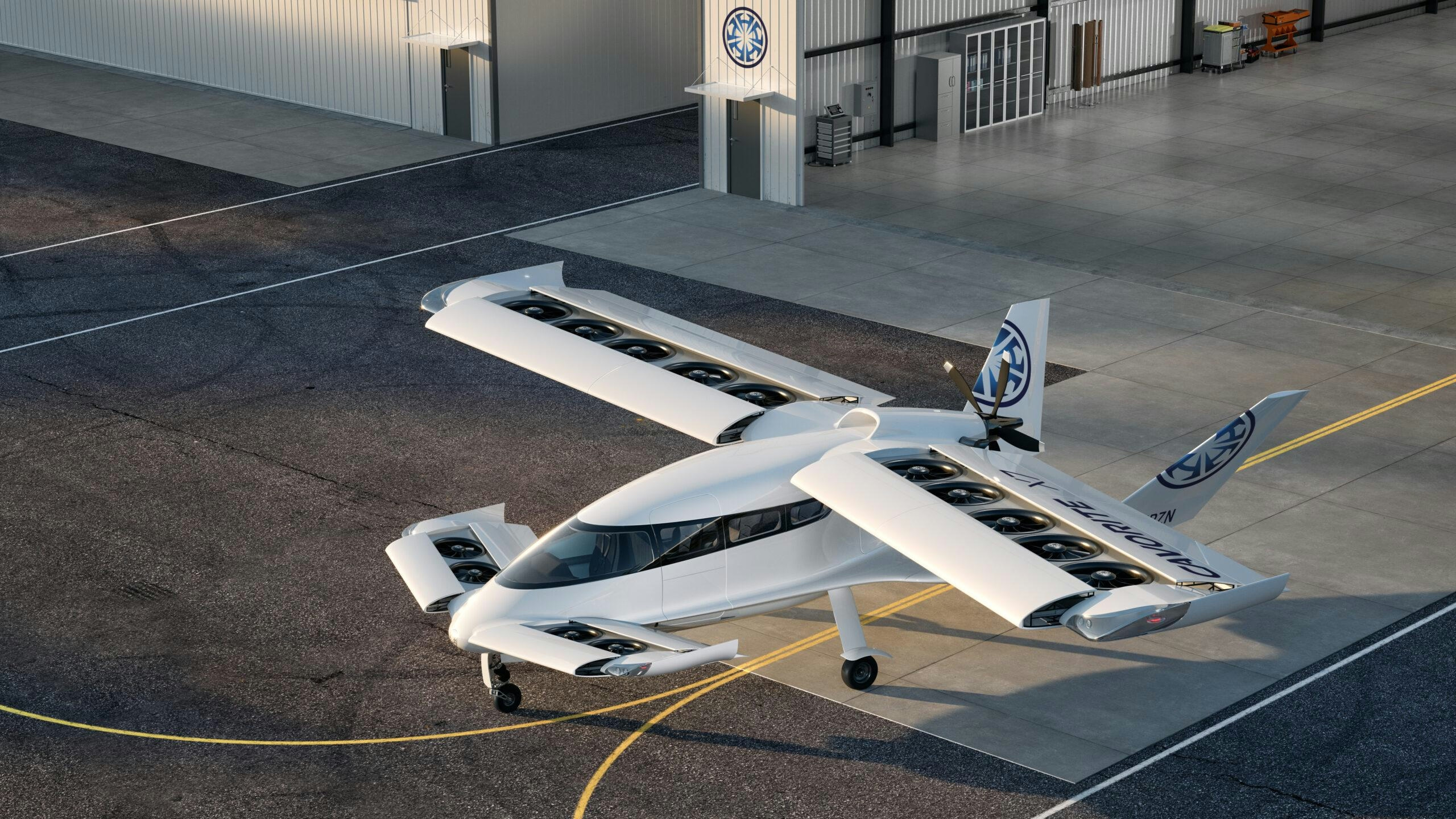
Horizon Progresses Cavorite X7 Toward IFR-Certified Flight

Comparing the Costs of the Boeing 747 and 787

UAE to Begin Drone Deliveries for Noon Minutes Orders
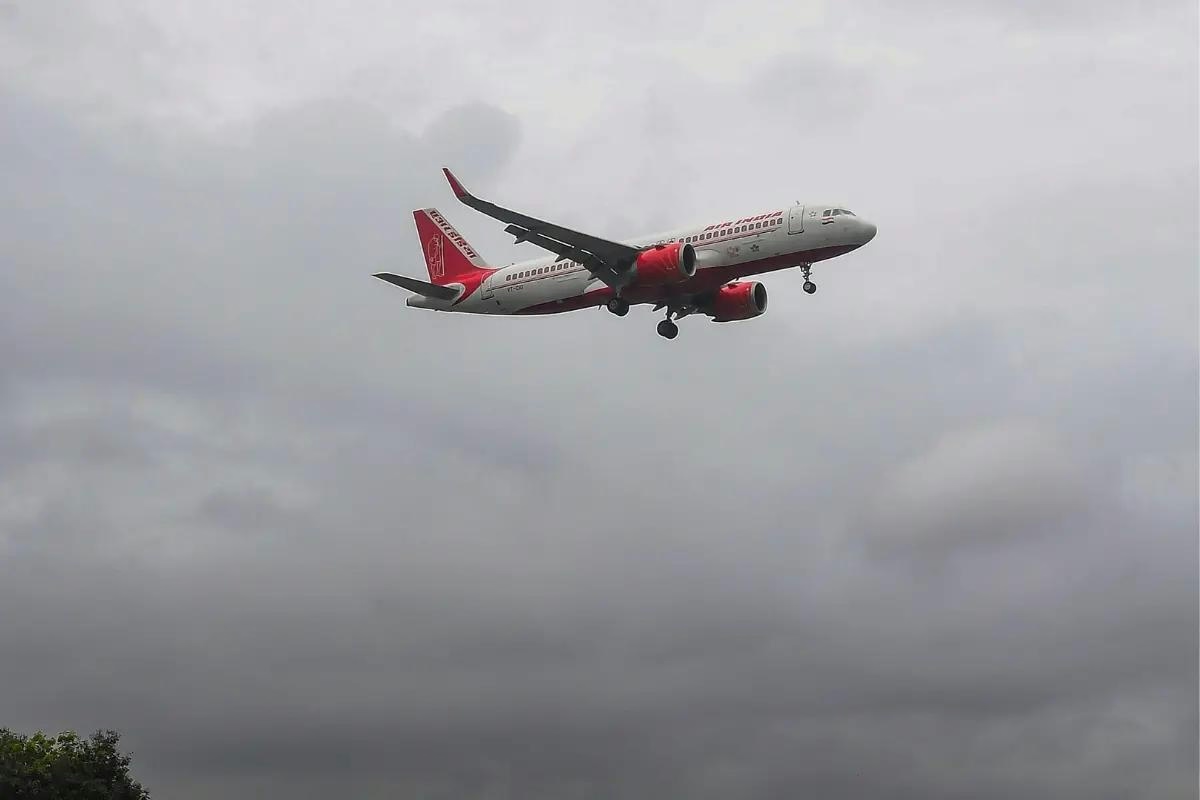
Air India CEO Predicts Visible Changes in 2026
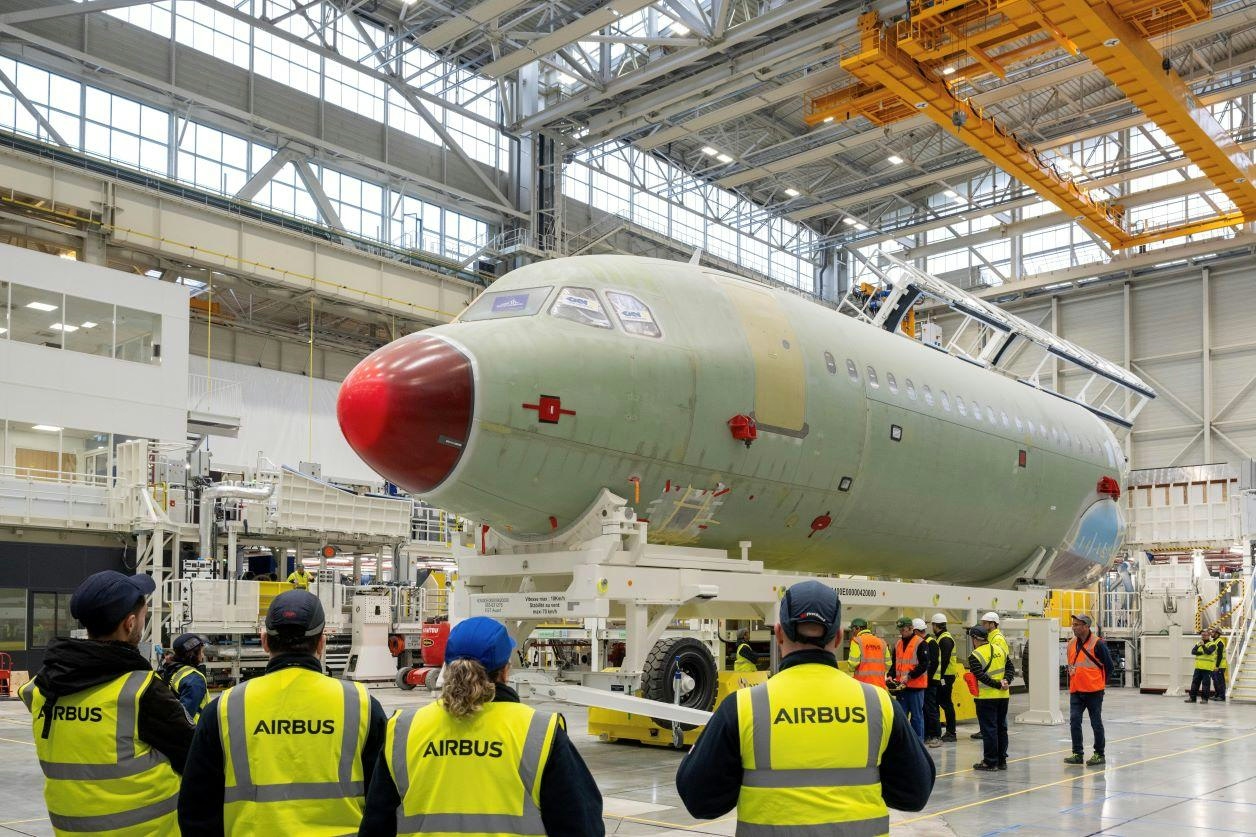
Airbus Project Strengthens Software Investment in Portugal
